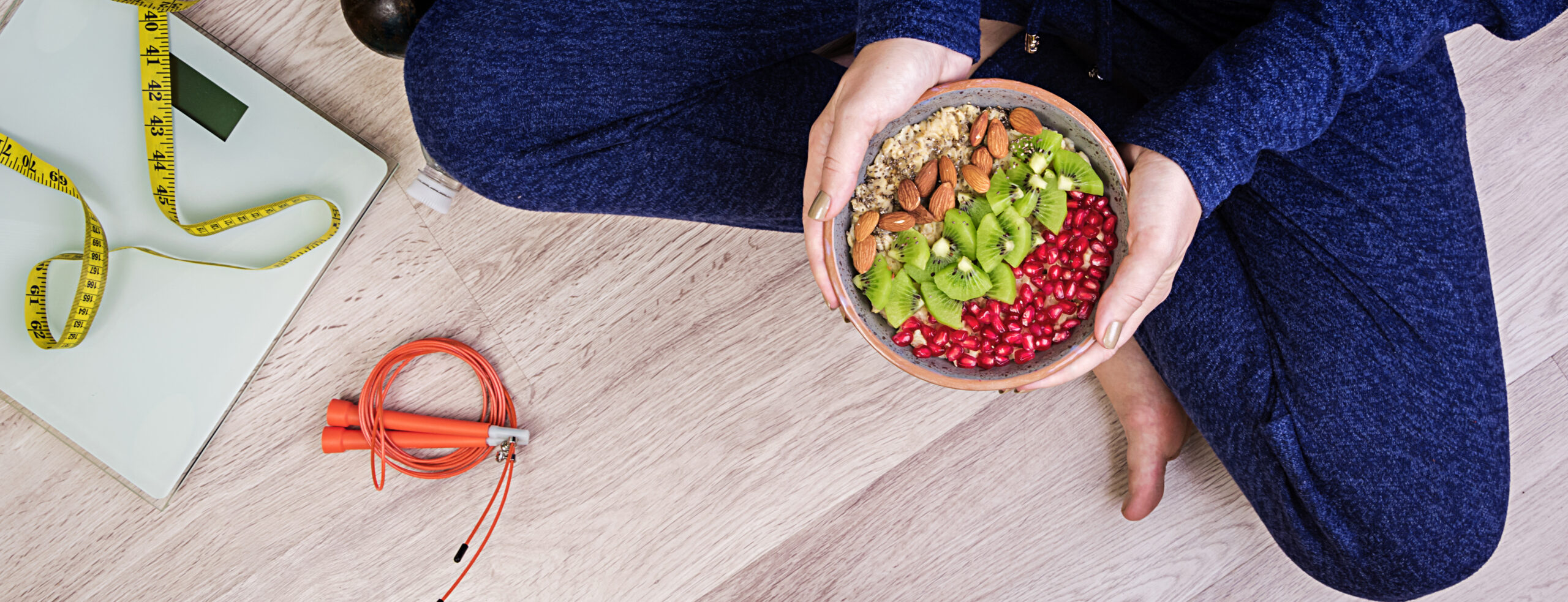Living Well Nutrition
By Jen Kavanagh
Many of you know that I suffer from SAD-seasonal affective depression. This winter has been particularly hard on me. And I’m not alone: I hear it every day from clients and friends too. The affliction is common, with more than 3 million cases per year in the U.S. alone.
Even though nature is well on its way to progressing into the warmth of the season, there are actions you can take that will enhance the upswing in your mood.
One solution to help you start feeling better is to move. Get your daily dose of vitamin D from the sun naturally with a brisk walk, jog or bike ride. It’s been shown that movement and sunshine are a powerful combination to reset your mindset and combat the blues. And on those rare days when the sun isn’t shining, it’s especially important to get outside and breathe the fresh air. Staying connected to nature in simple, small ways is an important step in countering the negative affects of SAD.
Additionally, if those clothes are feeling tight because you just haven’t felt like yourself, and that funk, as so many describe it, has led to overeating or indulging in comfort food, it’s time to take control over food. Here are some tips to getting on track:
1) Establish a movement goal. Do you know how many steps you average daily? Get a smartwatch or other counting device or app so you can keep track. Measure what your current number of steps is over the course of several days to get a good average, then set a goal to increase that number by an amount that feels manageable to you. You can pick up extra steps by keeping your home more tidy, running errands on foot, even parking further away in the parking lot from your destination. Aim to gradually increase your steps every few weeks— monitoring your mood as a compass point by which you set your goal.
2) Do you exercise? If not, find something you like to do, and get started with just 20 min a day three days per week. If you already exercise but your routine is feeling a bit stale, can you add or substitute something to spruce it up and give it a fresh energy? Consider combining lifting weights with cardio, or high intensity exercise with yoga or stretching. Aim for a balance and switch it up regularly if you get bored.
3) What you eat, when you eat it, and the mindset you have when eating is so important in regulating your nervous system. Many people default into a grab-and-go takeout routine, not realizing that they’re robbing themselves of a healing opportunity in cooking at home.
When you cook, you’re putting your own intentionality into the food. Cooking slows you down—it’s a grounding, nourishing activity that counters the go-go-go mentality, and eating as an afterthought or while on the run. Cooking at home puts the power and control back in your own hands— to consume what you choose in your own timing and way.
If you’re new to this, start small by planning to eat just one meal a day at home several days per week. Put a positive spin on the experiment by turning grocery store runs into an opportunity to discover something delicious that you’ll love. Remember to opt for whole foods, to give your body the nutrients it needs. On the weekend, plan which days you’ll cook at home, and shop in advance for those foods so your larder is stocked.
What are your health goals? If you need help establishing a weight-loss routine, call me. I can help get you started on a plan to reach your goals and stop the yo-yo dieting.
Living Well Nutrition
www.eatplantsloseweight.com
610-742-1093
610-742-1

